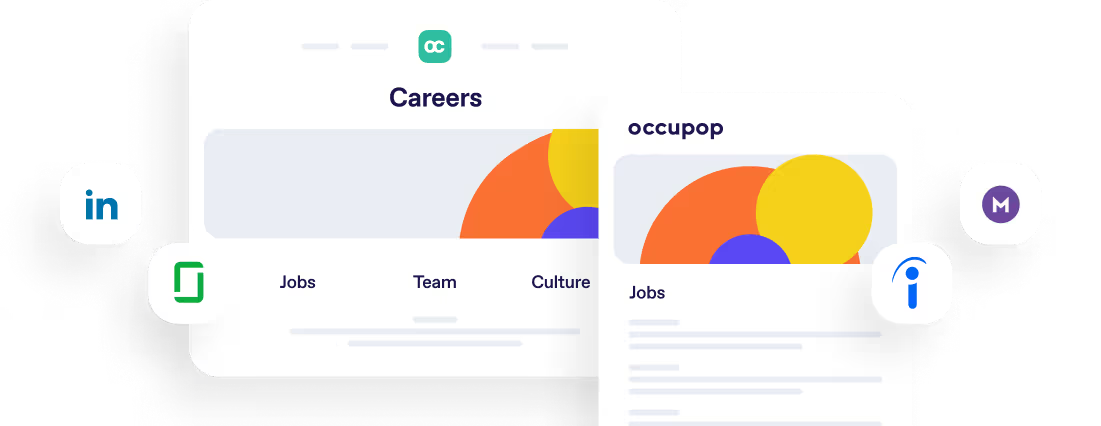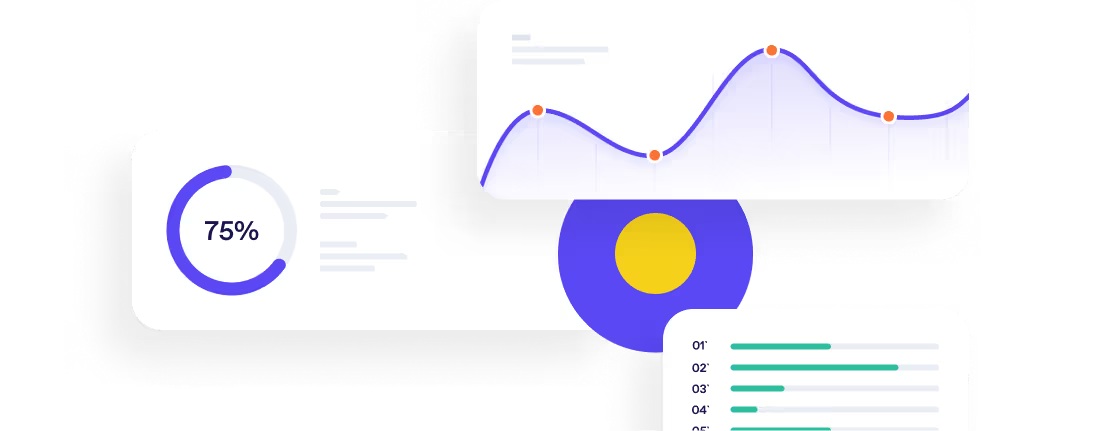Employee Well-Being Insights & Planning



In case you missed our previous blog, you can check it out here. This week we will get the inside scoop on mental health at work, stress and how to develop an impactful well-being strategy.

Q1. Why is there so much media attention around workplace well-being?
Workplace well-being has become very topical in the last few years. The World Health Organisation has forecast that within the next 2 years occupational stress will be the leading cause of absenteeism and presenteeism at work. It’s estimated that 1 in 4 adults will suffer from mental ill health during their life and the problem at work is exacerbated by the fact that 33% of people wouldn’t feel comfortable speaking to their manager about ill mental health. It’s creating a huge financial cost to individual businesses and the global economy, through lost revenue and healthcare costs.
Q2. What do you think is causing this increase in workplace stress?
There are so many variables that can impact an individual’s well-being. Stressors can be rooted in life outside or inside work. The increasingly blurred lines between the two make it virtually impossible to leave worries behind when you walk out the door. Certainly, there is evidence that long working days increase stress, not taking annual leave, management style, work meaningfulness, personal relationships, financial concerns, social media use, even loneliness at work … the list goes on and on.
Q3. How can organisations approach a well-being strategy?
The most important thing is to plan for long term sustainability. Run a wellness survey to identify the root causes of stress before you commit to any interventions. If the primary source of stress is related to work practices then that is where an organisation should start; review email policies, train managers and work to change the culture to one promotes balance. If health concerns are stemming from a broader range of sources then strive to develop a long term (5 yr), comprehensive approach: one which accounts for every life stage. For example, one employee might be starting a family, another coming to retirement and yet another who is a remote worker – these individuals would all have very different needs, an effective wellness programme should account for this level of variance.

Q4. What issues do HR Managers face when planning a wellness programme?
Measuring return on investment from wellness programmes is quite difficult which presents an issue for justifying investment. However, at a recent CIPD conference, Sir Cary Cooper presented research which demonstrated that a conservative improvement in an individual’s psychological well-being translates to an estimated financial benefit of £1,201. Digital tools like POWR include an insights dashboards which inform the overall company well-being strategy (you can see what area of well-being is ranking highest and lowest as per the population responses). The financial and ethical justifications are there but it’s important to make the case year on year. Outline the goals and objectives of each intervention and capture as much data as possible.
INSERT-LINE
For more information on planning a well-being strategy, you can check out the Wrkit blog where you’ll find tons of great advice. Next time we’ll be chatting with Sara about the impact recognition can have on the employee experience.
Interviewee:
Sara Glynn, Marketing and Customer Success Manager at Wrkit. Connect here.
About Wrkit:
Wrkit specialises in the creation of better, healthier working environments, connecting and engaging people through technology.
More info:
Connect:
Summary Points
- Why is there so much media attention around workplace well-being? It’s estimated that 1 in 4 adults will suffer from mental ill health during their life and the problem at work is exacerbated by the fact that 33% of people wouldn’t feel comfortable speaking to their manager about ill mental health.
- What do you think is causing this increase in workplace stress? There are so many variables that can impact an individual’s well-being. Stressors can be rooted in life outside or inside work. The increasingly blurred lines between the two make it virtually impossible to leave worries behind when you walk out the door.
- How can organisations approach a well-being strategy? The most important thing is to plan for long term sustainability. Run a wellness survey to identify the root causes of stress before you commit to any interventions. If the primary source of stress is related to work practices then that is where an organisation should start; review email policies, train managers and work to change the culture to one promotes balance.
- What issues do HR Managers face when planning a wellness programme? Measuring return on investment from wellness programmes is quite difficult which presents an issue for justifying investment. The financial and ethical justifications are there but it’s important to make the case year on year. Outline the goals and objectives of each intervention and capture as much data as possible.
Simple. Beautiful.
Recruitment Software.
HR updates sent straight to your inbox
You might also like...


Manage your entire hiring process simply, from engagement to management, hiring and onboarding







Simple. Beautiful.
Recruitment Software.
Recruitment Software.






